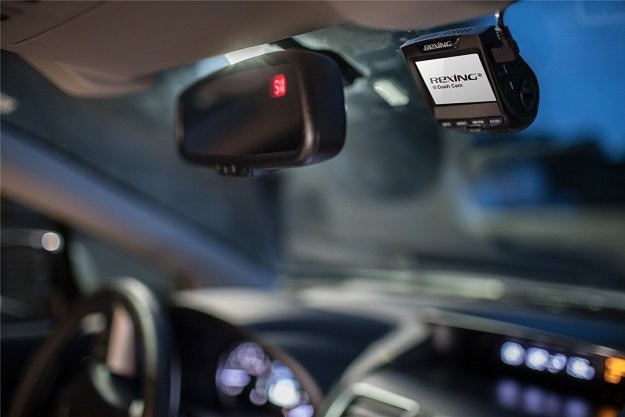Acura has introduced a new concept that demonstrates how upcoming technology such as autonomous driving can push the boundaries of interior design. Named Precision Cockpit, the futuristic cabin was unveiled during the Los Angeles Auto Show as a follow-up to the Precision Concept.
The Honda-owned brand explains that its newest concept highlights three key points: electrification, automated driving, and connectivity. It was developed with performance in mind, which explains why the seats, the steering wheel, and the drive mode dial are all similar to the components found in the NSX. It’s not an all-out race car, however, so materials such as brushed metal, wood, and leather add an upscale touch.
More than just a shapely dash, the Precision Cockpit previews the next generation of Acura’s Android-based infotainment system. The software is displayed on a 12.3-inch screen mounted right on top of the dashboard — in the driver’s natural line of sight — and it’s navigated using a curved touch pad that boasts absolute position mapping technology. In other words, every spot on the touch pad is mapped to a precise point on the screen. Motorists consequently spend more time focusing on the road because the system is straightforward and user-friendly.
The new infotainment system is wide enough to offer a split-screen function. For example, the driver can switch between built-in or third party apps, the radio, and the weather report without having to get rid of the screen that displays navigation directions. A second 12.3-inch screen mounted behind the steering wheel replaces the instrument cluster in normal driving, and it displays what the car “sees” when it’s operating in semiautonomous mode. This function helps the driver trust the semi-autonomous tech, according to Acura.
Acura openly admits that the Precision Cockpit is nearly ready for production, and that it gives the public a good idea of what to expect from its next-generation models. However, the brand stopped short of revealing precisely when the futuristic interior it’s showing in the City of Angels will make the jump from concept to production.
Editors' Recommendations
- Hyundai shocks us with its mid-engined RM19 sports car concept
- New all-electric Volvo XC40 will feature Android infotainment system
- 2020 Acura TLX PMC Edition is an ordinary sedan built in a supercar factory




